
Unique Properties
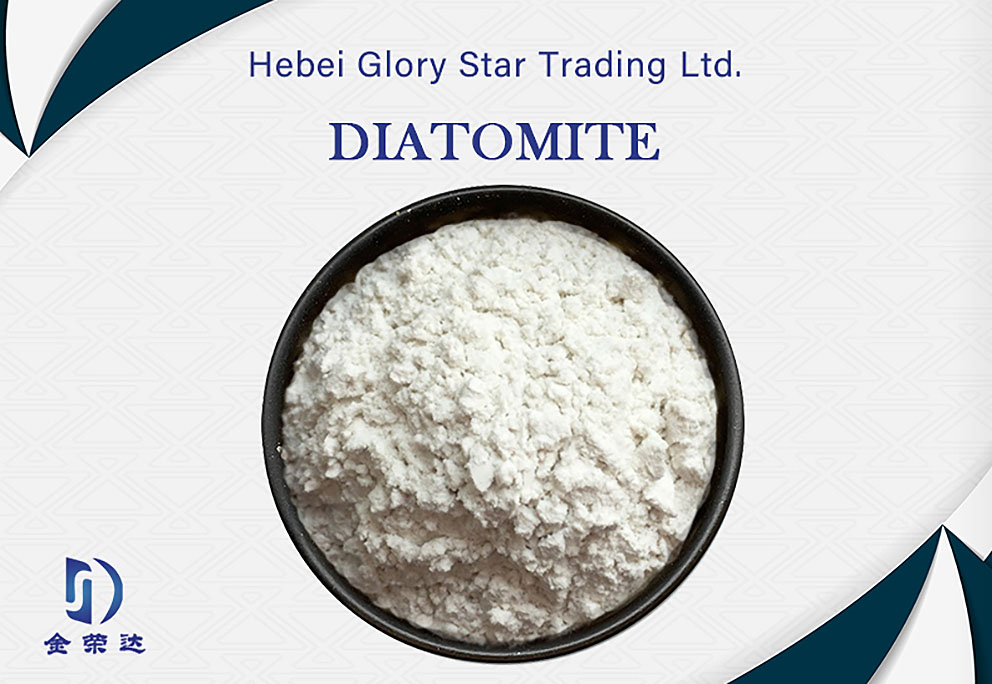
| Name | Diatomite; Celatom; Celite; Diatomaceous; Diatom |
| Color | White, grey white, grey |
| Sizes | 100 mesh, 200 mesh, 325 mesh, 400 mesh, 1250 mesh |
● High porosity.
● Low bulk density.
● Heat preservation.
● Heat insulation.
● Non-combustion.
● Sound insulation.
● Corrosion resistance.
● Good water absorption and strong permeability.
Certificate
Our factories have achieved ISO Certificate, 23 technologies have obtained national patents.
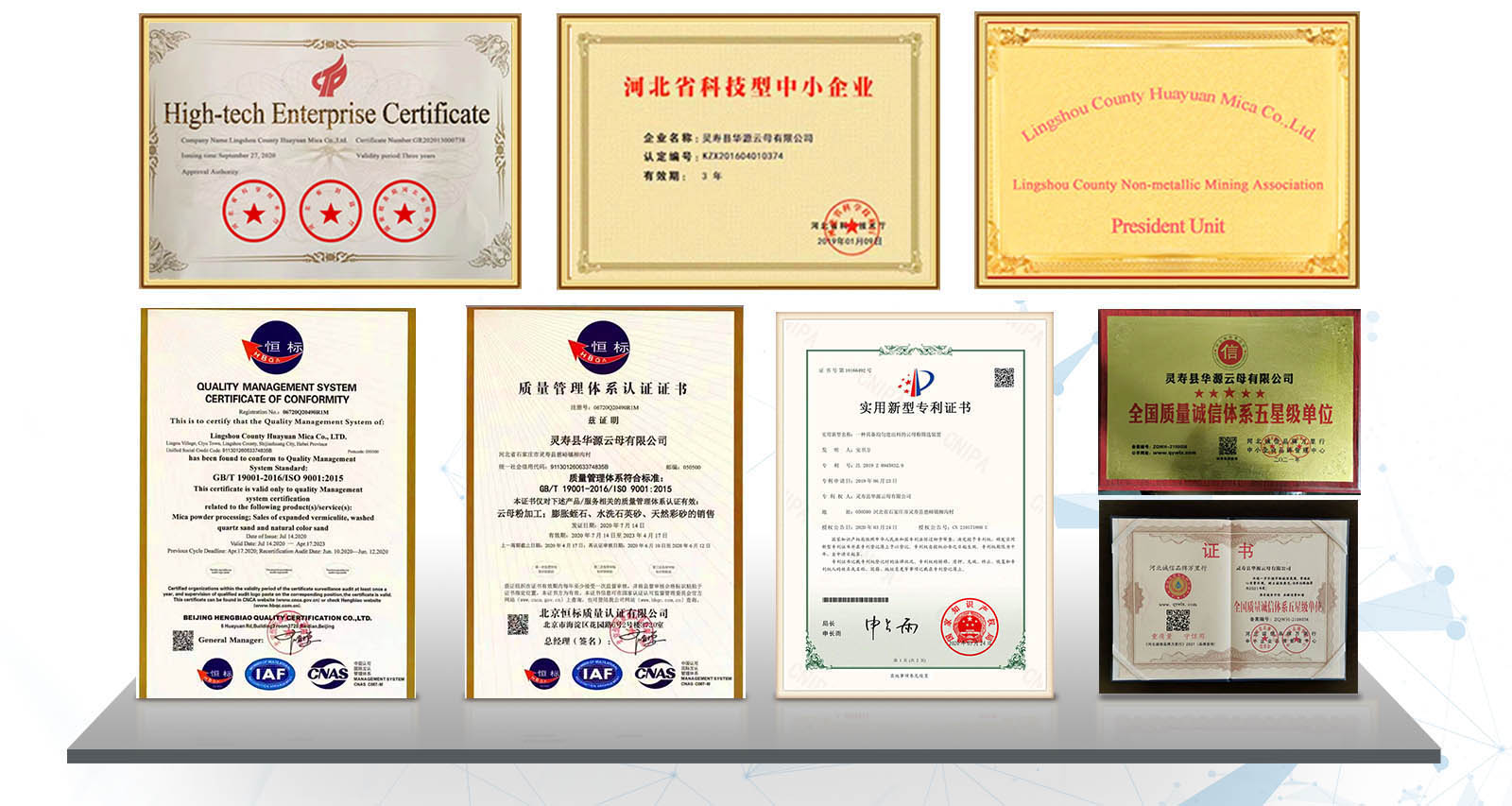
Application
1. Pesticide industry: wettable powder, herbicide for dry land, herbicide for paddy field and various biological pesticides.
2. High-efficiency fertilizer: Promote the growth of crops, improve soil, etc.
3. Rubber industry: fillers in various rubber products such as vehicle tires, rubber tubes, triangle belts, rubber rolling, conveyor belts, car mats, etc.
4. Building insulation industry: roof insulation, thermal insulation bricks, calcium silicate thermal insulation materials, porous briquettes, sound insulation and fire protection decorative panels, etc. thermal insulation, heat insulation, sound insulation building materials, wall sound insulation decorative panels, floor tiles, ceramic products, etc.
5. Used as an additive in cement
6. Plastics; Paper; Paint Coatings; Feed/Fodder; Polishing and Friction Industry; Leather and artificial leather industry; Sewage treatment industry etc.
Advantages of using diatomite: PH value neutral, non-toxic, suspension performance, strong adsorption performance, bulk weight light, oil absorption rate of 115%, fineness in 325 mesh ---500 mesh, mixing uniformity is good, when used will not block the agricultural machinery pipeline, in the soil can play a moisturizing, loose soil, extend the time of efficacy and fertilizer effect, promote the growth of crops.
|
PHYSICAL PROPERTIES |
CHEMICAL PROPERTIES |
|||
|
Grade |
QHWX020# |
SiO2 |
≥90.1% |
|
|
Color/Appearance |
Pink Fine Powder |
Al2O3 |
≤4% |
|
|
Description |
Calcined |
Fe2O3 |
≤1.5% |
|
|
Specific Gravity |
2.3 g/cm³ |
CaO |
≤0.6% |
|
|
Moisture |
≤1.0% |
MgO |
≤0.5% |
|
|
Loss On Ignition |
≤3.8% |
Others |
≤0.8% |
|
|
PH |
7-9 |
Pb, mg/kg |
<0.3 |
|
|
PH Slurry |
9.20-10.20 |
Water Diffluence |
<25mg/l |
|
|
Bulk Density |
0.38-0.45 g/cm³ |
Arsenite |
<4 ppm |
|
|
Median Particle Size Range |
5-10μm |
Heavy Metal |
<0.005% |
|
|
Retained on 325 Mesh |
≤2%-4% |
XaOH Solubility |
45%-75% |
|
|
Water Absorption By Weight |
≤180 |
HCI Solubility |
3.0%-6.0% |
|
|
Oil Absorption By Weight |
100-150 (%) |
Precipitating Speed |
≤35-55 (ml/h) |
|
|
Refraction Rate |
1.42-1.55 |
Refractory Degree |
900-1380 C |
|
| Application Range | Absorbing Material for Clearing Pollution bring from Lakage of Oil, Water, Dusty, Gas Station, Dock, Highway, Leakage of Depot for Ship and Auto, Landification Industry Workshop, Wok Area of Governments & Hotels Function Additives as stuffing & Carriers for Catalyst, Cast Iron Pipe Coating, Pesticide, Fertilizer, Rubber, Plastic Film, Paint, Coat, Cement, Paper, Grinding, Glass Steel, Fodder, Feed, Ceramics, Detergent, Dental Materials, Dispersing Agent, Cosmetic, Toothpaste, Food, Polishes, Agricultural Chemicals, insecticide Other general use. | |||
What is Diatomite? (H2)
Diatomite, often referred to as diatomaceous earth, is a naturally occurring sedimentary rock made up primarily of the fossilized remains of diatoms—microscopic algae with hard, silica-based cell walls. This unique material has a variety of industrial applications due to its exceptional properties, including its high porosity, light weight, and ability to filter and absorb substances. In this article, we will explore what diatomite is, its various uses, and its significance in industries like filtration and functional filling.
The Composition and Properties of Diatomite (H3)
Diatomite, or diatomaceous earth, is made up of fossilized diatoms, which are abundant in freshwater and marine environments. When these organisms die, their silica shells accumulate in the sedimentary layers at the bottom of water bodies. Over time, the accumulation of these shells forms diatomite rock, which is mined for its silica content. Diatomite is a highly porous material, with a large surface area that makes it excellent for use as a filter aid and functional filler. The structure of diatomite rock is made up of microscopic holes, giving it a low density and enabling it to trap and absorb liquids and gases. This unique combination of properties makes diatomite ideal for various industrial applications, including water filtration, absorbent materials, and even as a mild abrasive in certain cleaning products.
Applications of 100, 200, and 325 Mesh White Diatomite Powder (H3)
Diatomite for sale is available in various grades and mesh sizes, including 100, 200, and 325 mesh, which are commonly used in specific applications like filtration and as a functional filler in various products. The fineness of the powder plays a critical role in determining its effectiveness in these applications.
- Filter Aid: One of the most significant uses of diatomite is as a filter aid. Due to its highly porous nature, it is used in filtration processes to remove impurities from liquids. Diatomite for swimming pools is commonly used in pool filtration systems, where its fine mesh helps to trap dirt and debris from the water, keeping pools clear and clean. Similarly, it is used in the food and beverage industry for filtering beer, wine, and juices.
- Functional Filler: Diatomite powder is also used as a functional filler in various products, including paints, coatings, and plastics. The fine particles of diatomite act as a lightweight filler that helps improve the texture and performance of these materials. It also enhances their thermal insulation properties and can reduce the overall weight of the final product.
iii. Absorbent Material: Due to its ability to absorb liquids, diatomite is also used in the manufacture of absorbent materials like cat litter, spill cleanup products, and even in agriculture to improve soil structure by enhancing moisture retention.
Advantages of Using Diatomite in Industrial Applications (H3)
The use of diatomite earth in various industries offers several advantages:
High Absorbent Capacity: Diatomite can absorb a significant amount of liquid relative to its weight, making it ideal for use in filtration and absorbent products.
- Non-Toxic and Environmentally Friendly: Being a natural product, diatomite is non-toxic, making it safe for a wide range of applications. It is an environmentally friendly alternative to other synthetic materials used in filtration and filling.
- Enhanced Durability: Diatomite rock is durable and long-lasting, which ensures that products made from it, such as diatomite for swimming pools, have an extended lifespan. It is also resistant to corrosion and degradation over time, making it a cost-effective option for industrial use.
iii. Improved Product Performance: In applications such as paint and coatings, diatomite powder helps to enhance the performance of the product by improving its consistency, texture, and durability.
Diatomite is a versatile and valuable material used in a wide range of industries. From its use as a filter aid in swimming pool filtration systems to its role as a functional filler in paints and plastics, diatomite offers significant advantages in terms of performance, absorbency, and durability. Whether you are looking for diatomite for sale in bulk or seeking a specialized product for your specific industry, the fine mesh sizes like 100, 200, and 325 mesh ensure that you can find the right grade to meet your needs. As industries continue to look for more effective, environmentally friendly materials, diatomite earth will remain a key component in many industrial processes.
Diatomite Definition: A Comprehensive Guide (H2)
Diatomite, also known as diatomaceous earth, is a naturally occurring sedimentary rock composed primarily of the fossilized remains of diatoms—microscopic algae with hard silica-based cell walls. Due to its unique structure, high porosity, and excellent absorption properties, diatomite is used across various industries, including filtration, agriculture, and construction. This article provides an in-depth look at diatomite, its characteristics, applications, and benefits, with a focus on 100, 200, and 325 mesh white diatomite powder, a popular form used in filter aids and functional fillers.
What is Diatomite? (H3)
Diatomite is formed from the remains of diatoms that accumulate in sedimentary deposits over millions of years. These tiny, hard, silica-based organisms are primarily found in freshwater and marine environments. When diatoms die, their remains settle at the bottom of bodies of water, creating vast beds of diatomaceous earth. Over time, these deposits are mined, and the diatomite is processed into various forms, including powder, granules, and whole rock. Diatomite rock is typically white to off-white, but the color can vary depending on the mineral content. Due to its high silica content and unique microstructure, diatomite is highly porous, lightweight, and absorbent. It is composed of fine, microscopic particles with numerous tiny pores that make it excellent for filtration and absorption applications. The material is used in industries ranging from water purification to agriculture and even cosmetics.
Applications of 100, 200, and 325 Mesh White Diatomite Powder (H3)
One of the most common forms of diatomite is diatomite powder, which is processed into various mesh sizes like 100, 200, and 325 mesh. These fine powders are particularly useful as filter aids and functional fillers in numerous applications.
- Filter Aid: The primary use of diatomite for sale is in filtration processes. The fine mesh powders, such as 200 mesh and 325 mesh, are highly effective at removing impurities from liquids. For instance, diatomite for swimming pools is commonly used in pool filtration systems due to its excellent ability to filter out dirt, debris, and other contaminants, ensuring clean and clear water. Additionally, diatomite powder is used in industries like food and beverage for filtering beer, wine, and oils.
- Functional Filler: Diatomite powder serves as an effective functional filler in various products, including paints, coatings, plastics, and rubber. It is lightweight and can improve the texture and performance of these materials. In paint and coatings, diatomite enhances the product's durability, improves flow, and provides a smooth finish. The diatomite earth adds resistance to wear and tear, making it ideal for industrial applications.
III. Absorbent Material: Diatomite earth is known for its remarkable absorbent qualities. It is used in products like cat litter, absorbents for oil spills, and soil conditioning in agriculture. The porous nature of diatomite allows it to absorb liquids effectively, making it an essential ingredient in various absorbent materials.
Advantages of Using Diatomite in Industrial Applications (H3)
The unique properties of diatomite provide several benefits across multiple industries. These advantages make diatomite for sale a highly sought-after material for various commercial applications.
- High Absorbency: Diatomite has a high surface area due to its porous nature, making it highly absorbent. This characteristic is especially beneficial in filtration and absorbent materials like diatomite for swimming pools, where effective filtration is necessary for maintaining water quality.
- Non-Toxic and Environmentally Friendly: As a naturally occurring material, diatomite is non-toxic and environmentally friendly. It does not release harmful chemicals during use, making it a safe option for industries that require eco-friendly solutions, such as agriculture and water filtration.
iii. Improved Product Performance: In industrial products like paints and coatings, diatomite powder improves performance by enhancing the texture, consistency, and durability of the final product. It also improves thermal insulation properties and reduces the weight of products, making it ideal for use in a variety of manufacturing processes.
- Cost-Effective: Diatomite is an affordable, abundant, and versatile material, making it a cost-effective choice for many industrial processes. The low cost, combined with its performance-enhancing properties, makes diatomite for sale a valuable resource for manufacturers.
Diatomite is a versatile and essential material used in various industrial sectors, including filtration, construction, and agriculture. With its high porosity, lightweight, and absorbent properties, diatomite serves as a key ingredient in applications ranging from diatomite for swimming pools to functional fillers in paints and coatings. Whether used in its natural form as diatomite rock or in finely processed forms like diatomite powder, this material offers unparalleled benefits that make it an invaluable resource in both B2B and consumer applications. As industries continue to demand high-performance materials, diatomite remains a critical component in many industrial processes.

35 Years Experience,Professional Service,Powerful Technology Support,Strict Quality Control Process
contact us-
 Excellent Filtration PerformanceDiatomite powder has a high surface area and porous structure, making it an effective filter aid. It helps to remove impurities and particles from liquids, improving the clarity and quality of the filtered product. The different mesh sizes (100, 200, 325) allow for fine filtration, depending on the application.
Excellent Filtration PerformanceDiatomite powder has a high surface area and porous structure, making it an effective filter aid. It helps to remove impurities and particles from liquids, improving the clarity and quality of the filtered product. The different mesh sizes (100, 200, 325) allow for fine filtration, depending on the application. -
 Lightweight and Low DensityDiatomite powder is naturally lightweight and low in density, which makes it easy to handle and apply. Its low density also contributes to better filtration rates and efficiency when used as a filler or filter aid in various industries like food, beverage, and pharmaceuticals.
Lightweight and Low DensityDiatomite powder is naturally lightweight and low in density, which makes it easy to handle and apply. Its low density also contributes to better filtration rates and efficiency when used as a filler or filter aid in various industries like food, beverage, and pharmaceuticals. -
 Versatile Functional FillerWhite diatomite powder is widely used as a functional filler in products like paints, coatings, rubber, and plastics. It enhances the durability and performance of the final product by providing additional strength, reducing weight, and improving thermal stability and resistance.
Versatile Functional FillerWhite diatomite powder is widely used as a functional filler in products like paints, coatings, rubber, and plastics. It enhances the durability and performance of the final product by providing additional strength, reducing weight, and improving thermal stability and resistance. -
 Eco-Friendly and SustainableDiatomite is a naturally occurring mineral, making it an environmentally friendly option for filtering and as a filler material. It is non-toxic and biodegradable, which makes it a preferred choice for applications that prioritize sustainability and green practices.
Eco-Friendly and SustainableDiatomite is a naturally occurring mineral, making it an environmentally friendly option for filtering and as a filler material. It is non-toxic and biodegradable, which makes it a preferred choice for applications that prioritize sustainability and green practices.













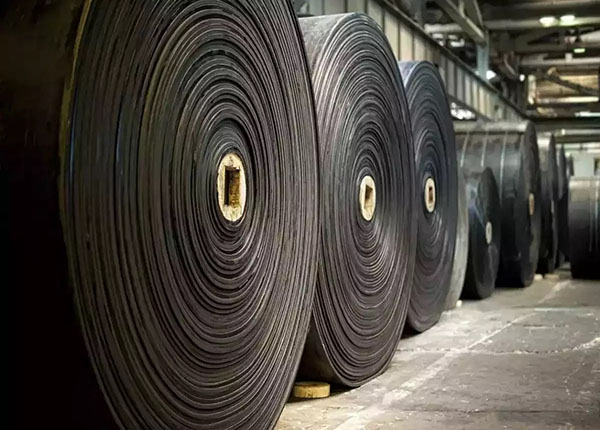


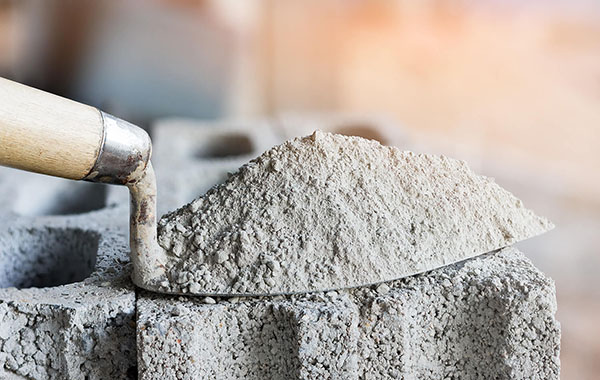
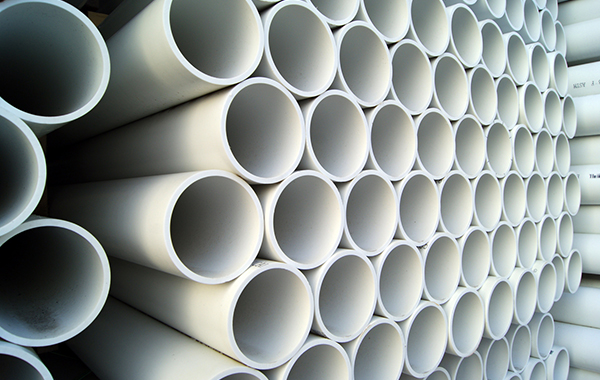

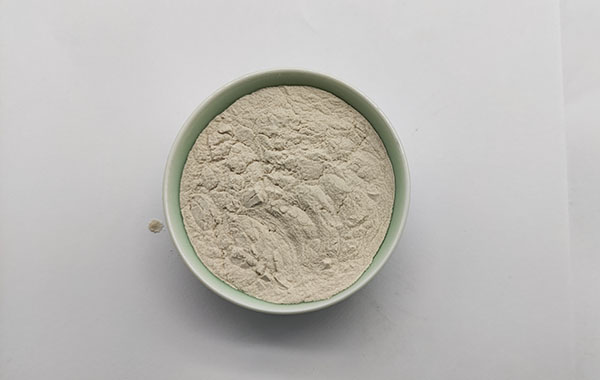

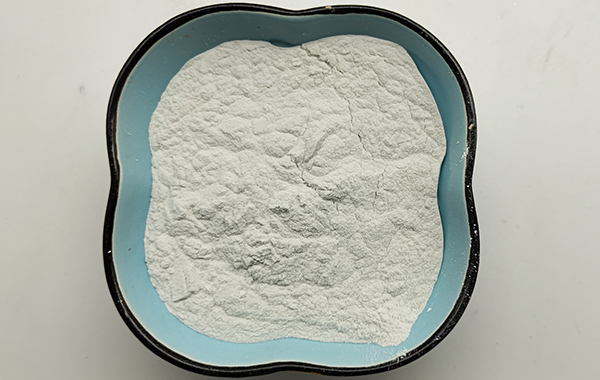
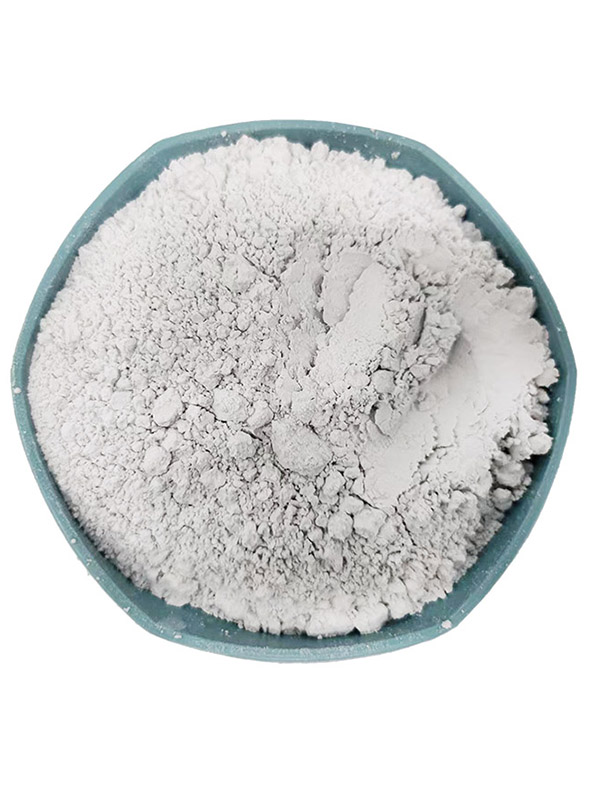
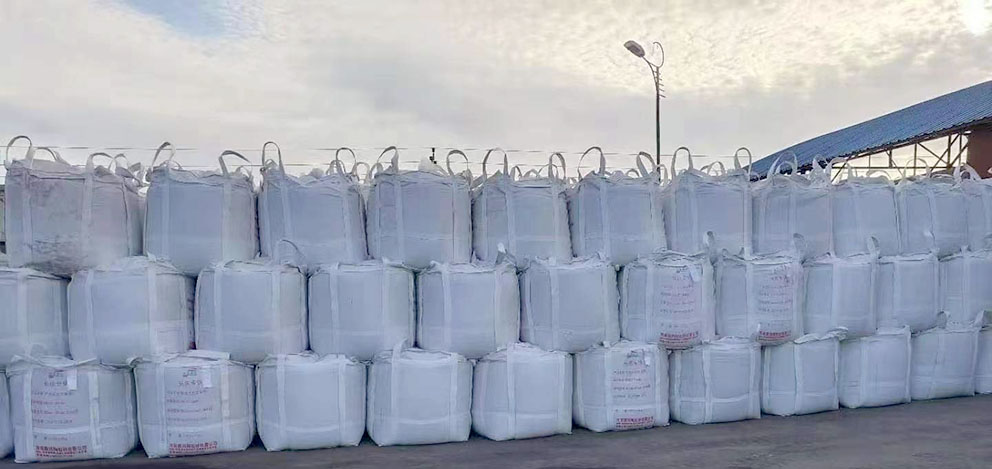

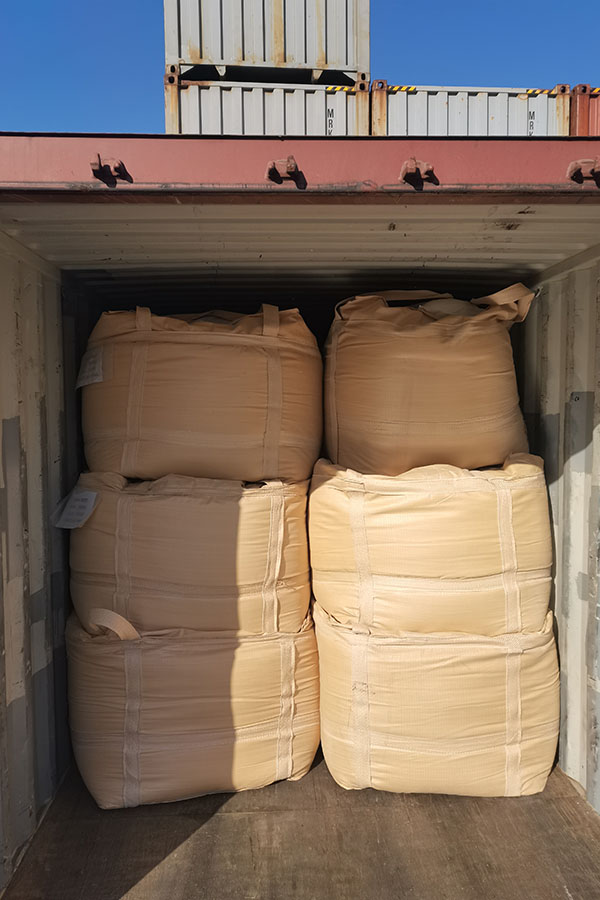
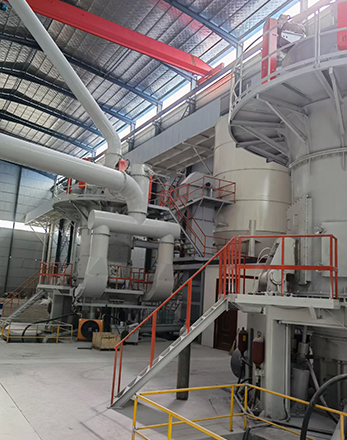
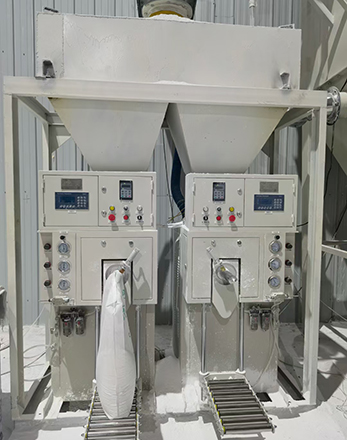
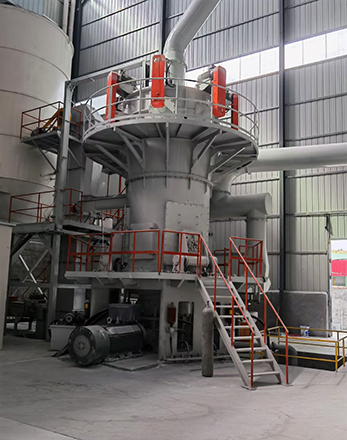
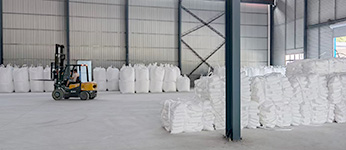

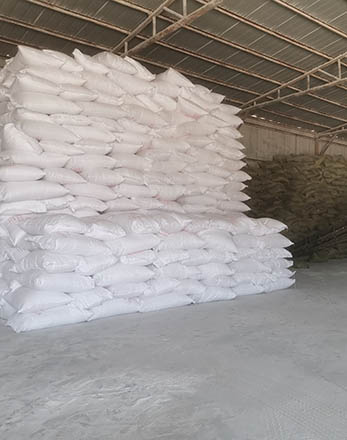
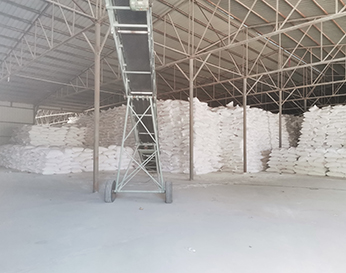
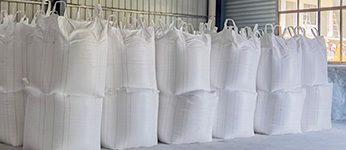
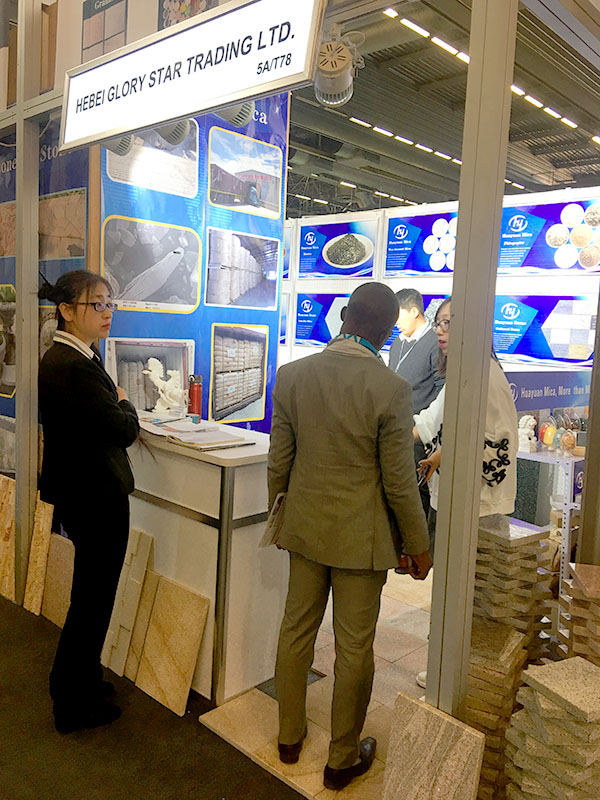

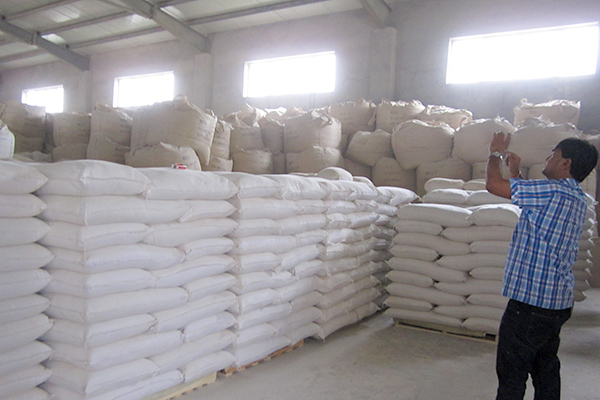
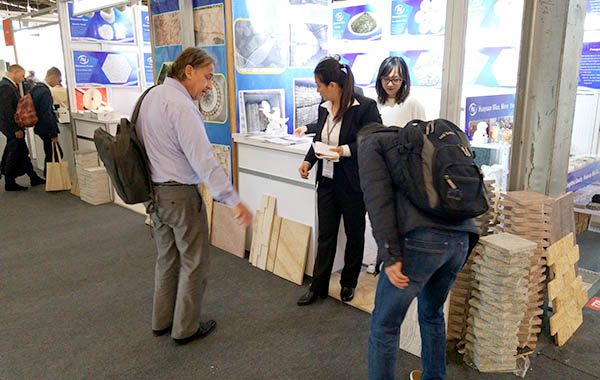
































.png)









